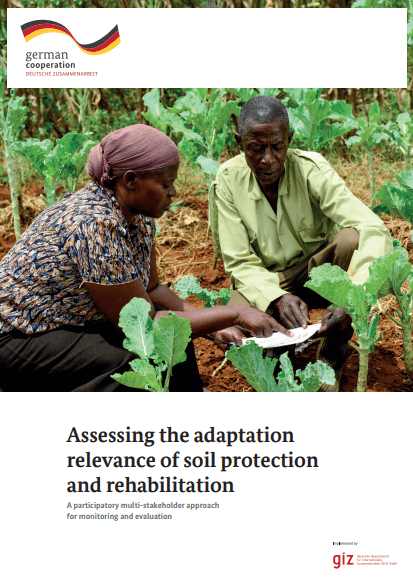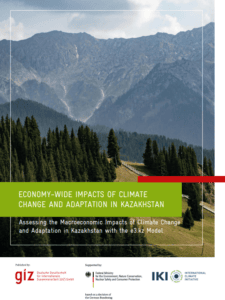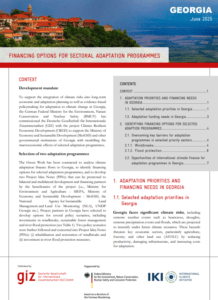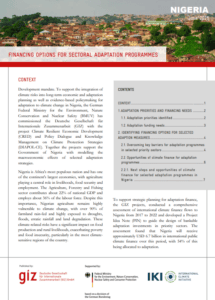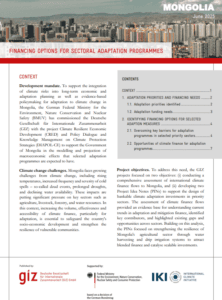Climate change poses a threat to food security in many parts of the world. Small-holder farmers facing high barriers for adaptation are at the forefront of this. Many climate risks such as droughts or flash floods manifest themselves on the intersection of soils and water.
Soils are a crucial element for addressing climate change. Increased carbon storage in agricultural soils resulting from better soil management and agroecological techniques supports mitigation. At the same time many soil protection and rehabilitation (SPR) technologies provide adaptation options, while supporting farmers’ goals to boost and secure their yields. They address vulnerabilities to extreme and slow onset events i.e., by increasing water holding capacity of soils and directly address climate impacts such as water erosion. For developing effective adaptation strategies, it is key to understand the climate risk context and to identify effective as well as feasible technologies for addressing these risks.
This guide provides a participatory method for identifying relevant climate risks and assessing how effective SPR technologies address these along with their local feasibility. In conjunction with this guidebook an Excel tool is published which can be used for the overall process – the SPR adaptation Monitoring & Evaluation (M&E) tool. The tool calculates a range of scores based on the results and structures the process. It contains all the necessary matrices and lists to implement the approach.

